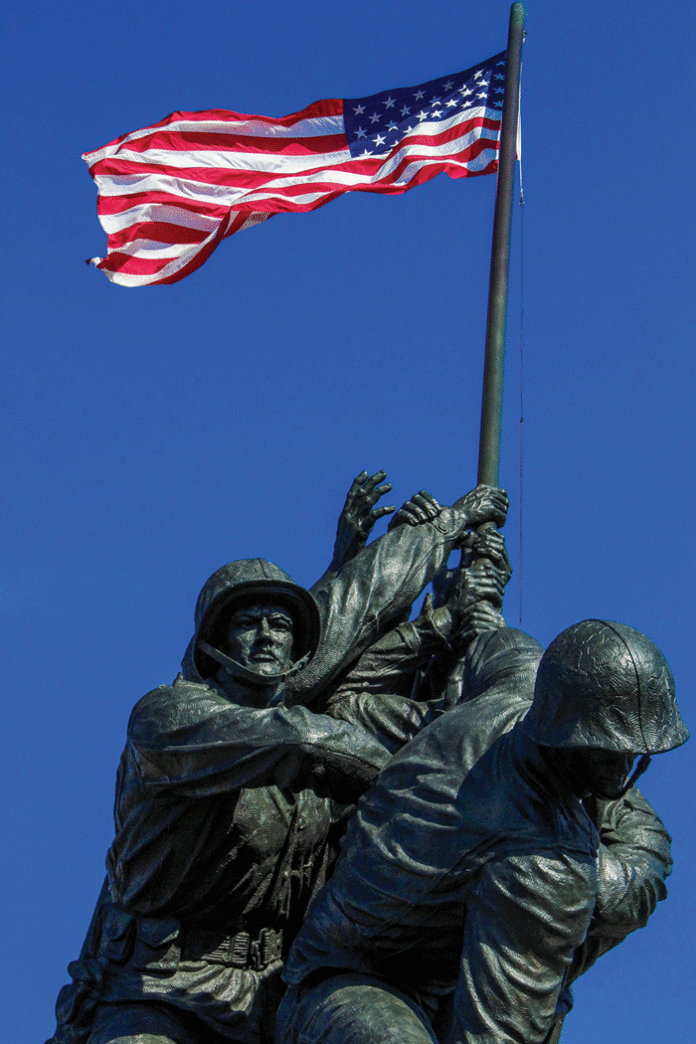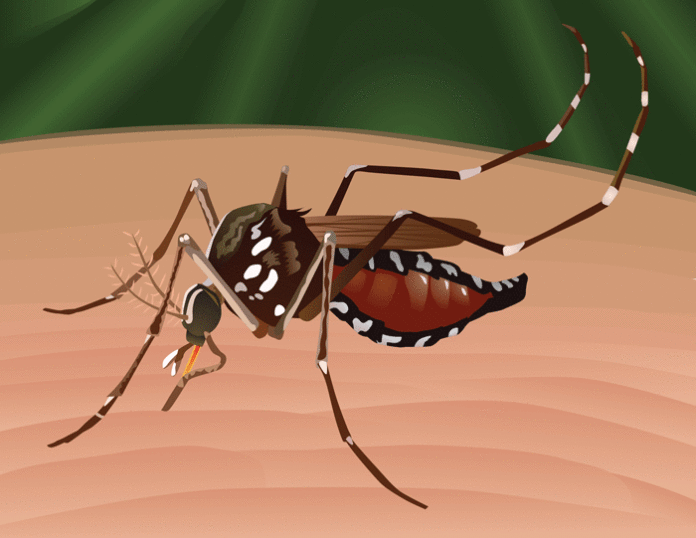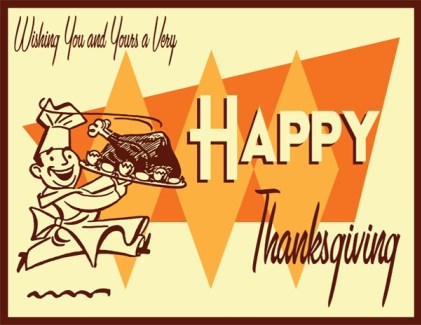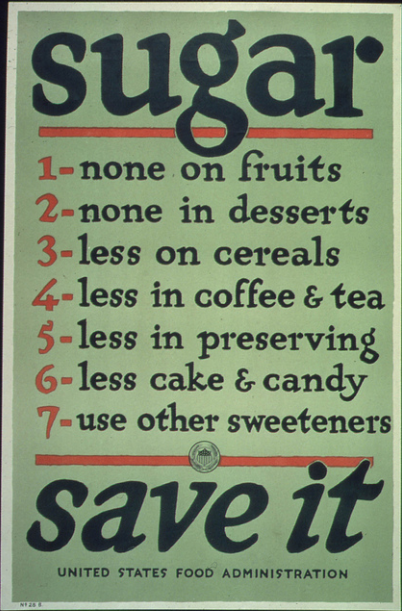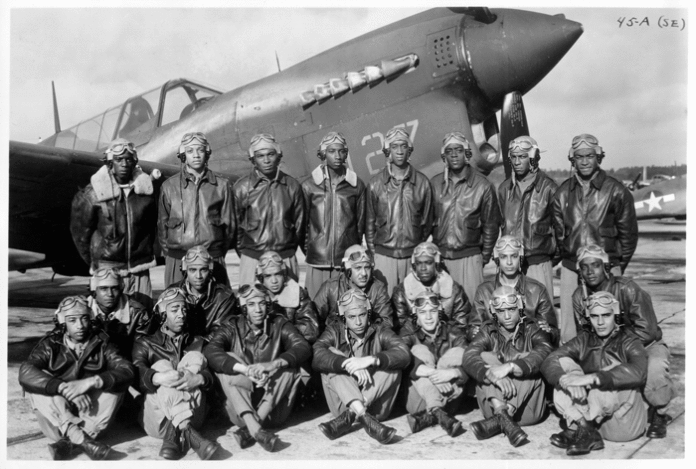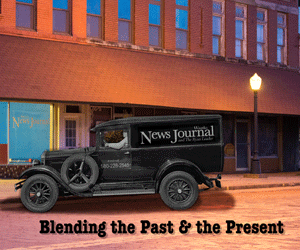(StatePoint) From baseball cards and sports equipment to postcards and toys, is that “junk” in your attic or basement dusty treasure or just dusty? We’ve all heard of families getting rich from the sale of rare memorabilia. So how can you tell if your stuff is valuable and how can you sell it, if it is?
“The general rule is that the older the item, the more valuable it is. 1980 is not old. 1960 is kind of old. 1910 is old,” says Al Crisafulli, Auction Director at Love of the Game Auctions, an internet sports auction house that has helped many families identify and sell valuable items.
In one instance, Crisafulli determined that a family’s baseball bat that spent decades beside their front door to protect from intruders, was actually used by Hall of Famer Lou Gehrig — and Love of the Game Auctions sold it for them for more than $430,000.
He is offering these tips to help determine if your items are valuable:
Baseball Cards
Cards from the 1960s and earlier are collectible, and those from before the 1940s can be extremely pricey. Do they have sharp corners, no creases and retain original gloss? Do they depict star players and Hall of Famers? A Babe Ruth, Ty Cobb, Honus Wagner or Mickey Mantle will sell for more than non-stars.
With particularly old cards from the 1880s and early 1900s, look for tobacco and candy brands, such as Old Judge, Piedmont, Sweet Caporal or American Caramel. Unopened packs from almost any era can be valuable.
Memorabilia & Equipment
Look for old advertising posters depicting sports stars and food, tobacco or sporting goods brands. This doesn’t mean ads torn from magazines, but those used as store displays and for other purposes. Tin signs are highly collectible from the 1900s into the 1960s, but low-quality reproductions aren’t. Pre-1950s catcher’s masks, baseball gloves and bats can be valuable, especially those endorsed by star players. Condition is important but used equipment can be valuable.
When you go to sell sports items, consider a specialty auction, such as Love of the Game, which has the expertise to properly research sports pieces, and maintains lists of bidders specializing in this area so it can get top dollar for these items. More information is available at loveofthegameauctions.com.
Postcards
Postcards of your vacation destinations likely are worthless. But those depicting famous people, such as movie star cards and vintage baseball postcards, can be valuable. Look for early “real photo” postcards from the 1900s through the 1940s, which are photographs printed on postcard backs. No matter the type, the older, the better, and the more famous, the better.
Old Halloween or Christmas postcards from the early 1900s can be expensive. The same goes for many intricate “hold-to-light” postcards, where portions of scenes light up when held to strong light.
Toys
Look for famous characters, such as early Walt Disney items, superheroes, Star Wars, etc. The most prized toys are those in original condition with no broken pieces and paint intact. And if you have original boxes, you might strike gold!
So, while you’re cleaning that attic, basement or garage, don’t rush to purge. Before throwing out old “junk,” determine if it’s valuable!









